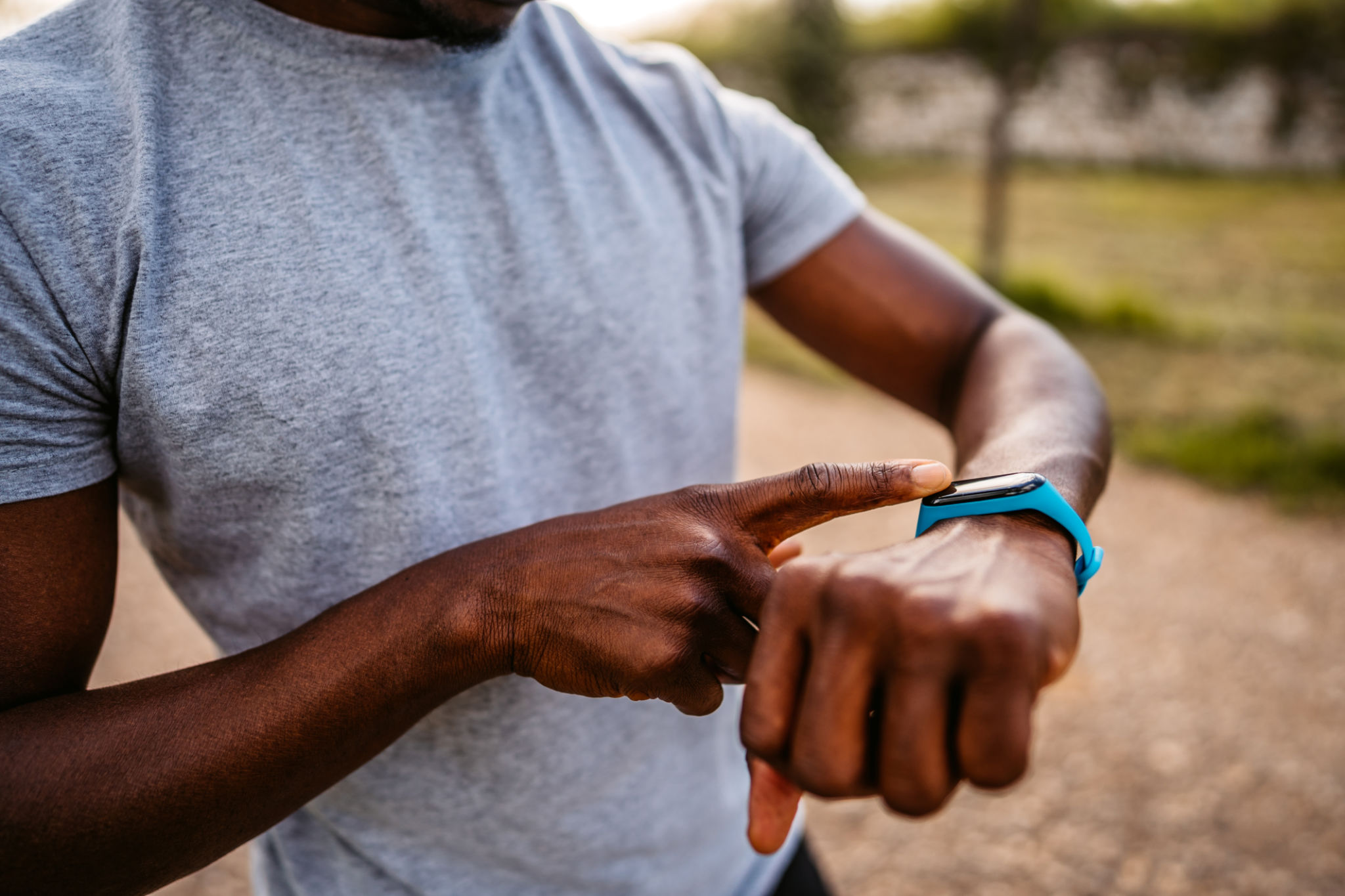The Ultimate Guide to Choosing Recovery Wearables for Young Athletes
Understanding Recovery Wearables
In the dynamic world of sports, young athletes are always seeking ways to enhance their performance and recovery. Recovery wearables have emerged as a significant tool in this quest, offering data-driven insights into physical health and recovery processes. These devices can monitor a variety of metrics, helping athletes make informed decisions about their training and recovery routines. But with so many options on the market, how do you choose the right one?

Key Features to Consider
When selecting a recovery wearable, it's essential to focus on the features that align with your specific needs. Some key features to consider include:
- Heart Rate Monitoring: This is crucial for tracking exertion levels and ensuring safe recovery times.
- Sleep Tracking: Quality sleep is vital for recovery. Wearables that monitor sleep patterns can provide insights into how well an athlete is resting.
- Activity Tracking: Understanding the intensity and volume of workouts helps in planning effective recovery schedules.
Compatibility and Usability
Another important factor is the compatibility of the wearable with other devices and software. Many wearables sync with smartphones and computers, allowing for easy data analysis. Additionally, the ease of use is crucial. Young athletes should be able to operate their devices without hassle, ensuring they can focus on their training without technical distractions.

Popular Recovery Wearables for Young Athletes
There are several popular brands and models that cater specifically to young athletes. Some of these include:
- Fitbit Charge: Known for its comprehensive tracking capabilities and user-friendly interface.
- Whoop Strap: Offers in-depth analytics on strain and recovery, ideal for serious athletes.
- Garmin Forerunner: Provides advanced metrics for both performance and recovery, suitable for runners and multisport athletes.
Cost vs. Value
While evaluating wearables, it's important to consider the cost compared to the value they provide. High-end models often come with a hefty price tag but offer extensive features that can be invaluable for dedicated athletes. However, there are also budget-friendly options that provide essential data without breaking the bank.

The Role of Data in Enhancing Performance
The data collected by recovery wearables plays a critical role in enhancing athletic performance. By analyzing trends over time, young athletes can adjust their training regimens to optimize results. Coaches and trainers can also use this data to tailor personalized training programs that align with an athlete's unique needs and goals.
Privacy and Data Security
When dealing with personal health data, privacy and security are paramount. Ensure that the wearable you choose has robust data protection measures in place to safeguard sensitive information. Most reputable brands prioritize user privacy, but it's always wise to review their policies.
Making the Final Decision
Choosing the right recovery wearable for a young athlete is a decision that should be made carefully. It's important to assess the athlete's specific requirements, budget constraints, and personal preferences. By considering these factors, you can find a device that not only supports their athletic ambitions but also contributes to their overall well-being.
In conclusion, recovery wearables are more than just gadgets; they are essential tools that can significantly impact a young athlete's performance and health. Investing in the right one can lead to smarter training decisions, faster recovery times, and ultimately, greater success in their athletic endeavors.